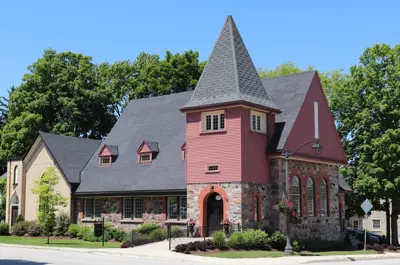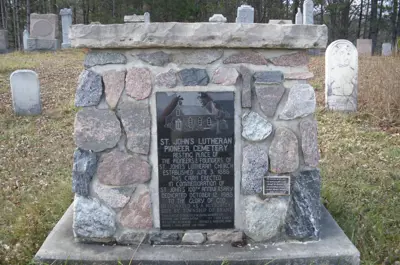Determining and designating a property is a municipal matter. There are several components that can be used to designate a property or building. In general, properties of historic value should be able, with some suitable interpretation, to reveal some of the broad architectural, cultural, social, political, economic or military patterns of our history, or should have some association with specific events or people that have shaped the details of that history.
Facts to Aid in Designating Your Property:
- A building may have been associated with the life of a historic personage or have played some role in an important historical event or episode.
- A building may be exemplary for the study of architecture or construction of a specific period or area, or the work of an important builder, designer, or, architect.
- Antiquity alone is not a sufficient basis for nomination but may be a vital factor where comparable structures have become rare.
- Where a building is an integral part of a distinctive area of a community, or is considered to be a landmark, its contribution to the neighbourhood character may be of special value.
- A modest structure may be no less important to the community's heritage than an architectural gem such as a mansion or public building.
- The correspondence between the stated reasons for considering designation and the actual architectural and visual character of the property should be comprehensible to the community.
- A building, together with its site, should retain a large part of its integrity - its relation its earlier site(s) - in the maintenance of its original or early materials and craftsmanship.
- Subjective factors such as personal memories, community attachments, or aesthetic tastes are not unimportant, but require balanced judgments.
- Specific architectural considerations should include style, plan, and the sequence of spaces; use of materials and details, including windows, doors, signs, ornaments, and so on; colours, textures, and lighting; and the relationship of all these to neighbouring buildings.
If you would like to designate your property please contact the Brockton Heritage Committee.











